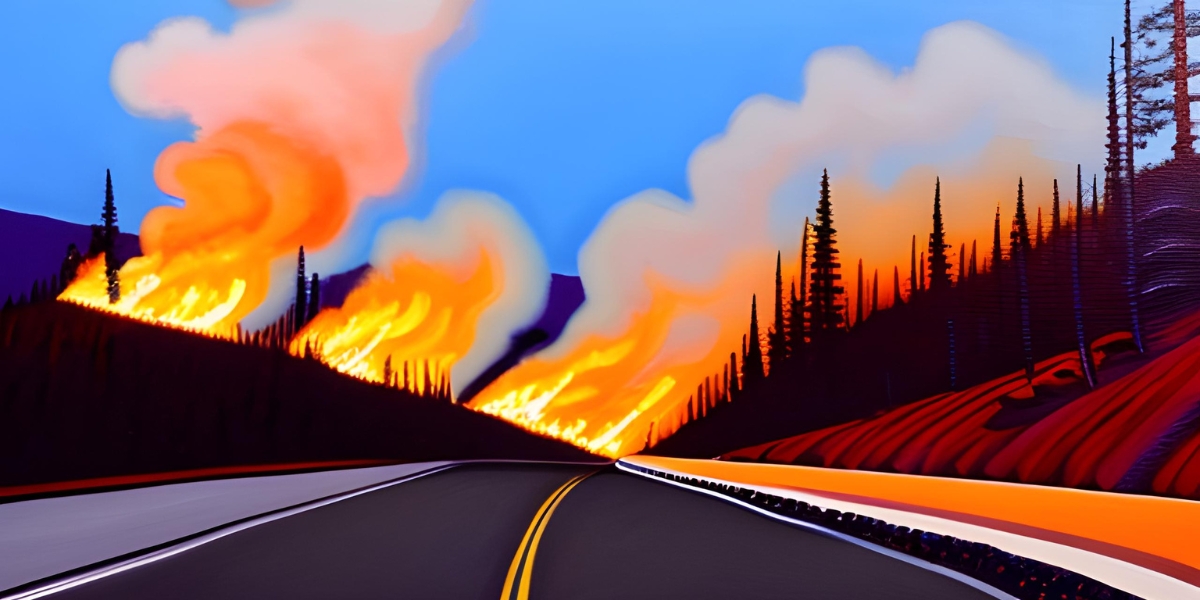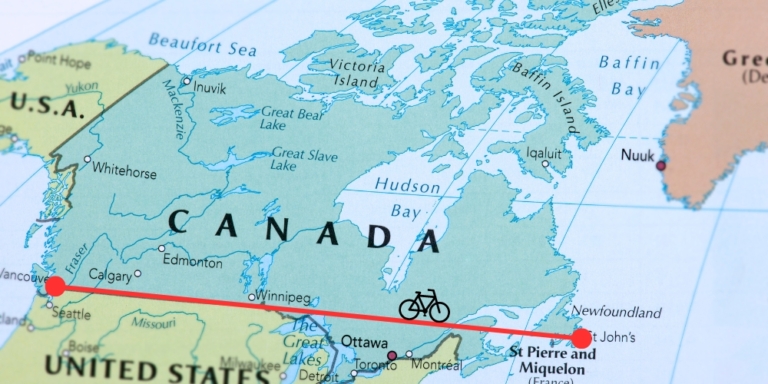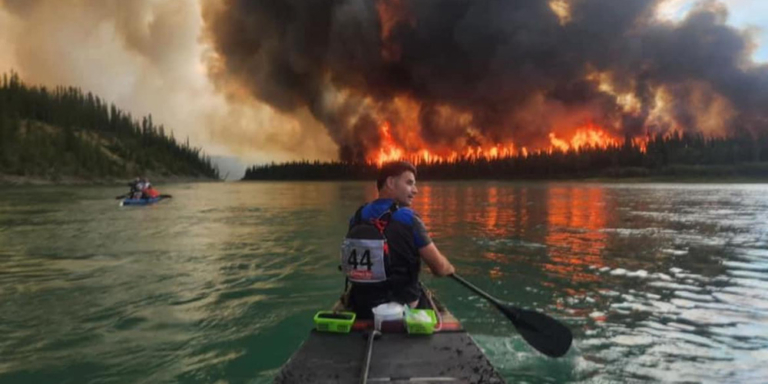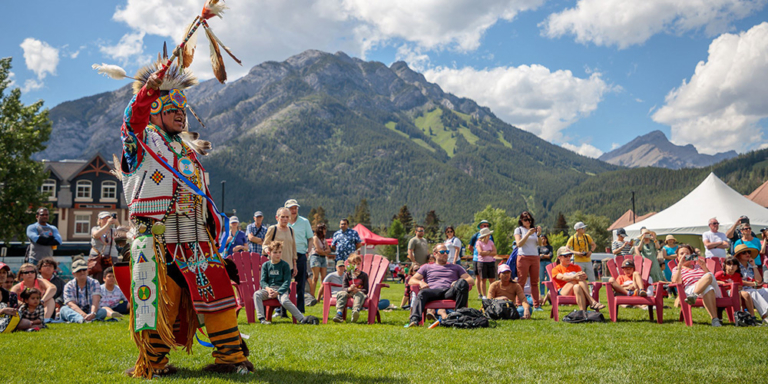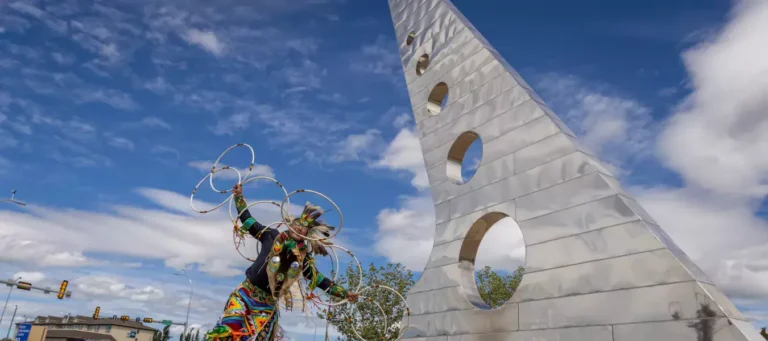We have all been impacted by wildfires in some way or another, both in the past and the present. But Indigenous communities must overcome additional obstacles when fires sweep through the province.
On May 12, four First Nations and one Metis settlement were forced to evacuate due to wildfires, which destroyed several homes in Sturgeon Lake Cree Nation and Fox Lake in Little Red River Cree Nation.
Gary Moostoos was one of the unfortunate people forced to evacuate. He had to flee his Sturgeon Lake Cree Nation home. He was lucky. His house was spared from the fires, but some of his siblings’ homes weren’t as lucky.
Some Indigenous communities aren’t just losing their homes but their traditional way of life. From hunting supplies to medicines, their culture is being charred into oblivion.
“There’s one; he lost everything. His trapping equipment and guns, his hunting supplies — really devastating, life-altering situation, absolutely,” Alberta Métis Settlement Council president Dave Lamouche told CBC News.
Wildfires also displace remote communities, meaning some evacuees must travel a long way to a shelter.
“Another thing is food. Especially as lots of communities rely on traditional food sources, and suddenly they’re eating a much more Western diet,” said Amy Cardinal Christianson, a Parks Canada Indigenous fire specialist.
Where Was Help When It Was Needed?
Ron Bellerose, a member of the East Prairie Métis Settlement, had his life turned upside down after a wildfire destroyed his home, along with priceless family memories and keepsakes.
“You work so hard for it, and it just disappeared. In 24 hours, it’s gone, like your whole life changed,” Bellerose told CBC News.
Bellrose’s house was one of 27 burned in his small community of 300 people.
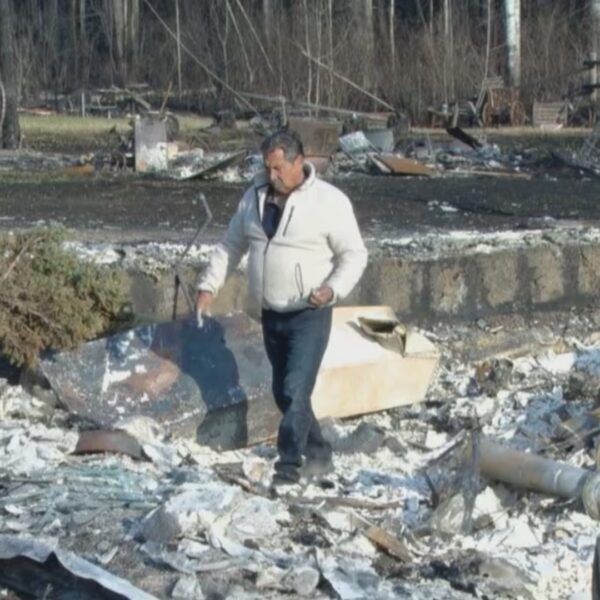

The community received an evacuation order on May 5. Two weeks later, the East Prairie Métis Settlement is still under an evacuation order as the blaze threatens to return to the community anytime.
According to Bellerose, when the fires started, the community did not see the response he hoped for and expected from the Alberta government.
“When I see the fire coming…there’s no water bombers there, there was no air support for water, no nothing…It was a helpless, helpless feeling,” commented Bellerose.
With the help of other community members, Bellerose did what he could to battle the blaze. He tried driving a water truck to stop the flames along the community’s road. But it was too late.
Eight in ten Indigenous communities in Canada are located in fire-prone regions.
Last year, a report from Canada’s Auditor General found that Indigenous Services Canada (ISC), the federal department responsible for coordinating emergency management services, failed to provide Indigenous communities with adequate resources to deal with climate disasters.
According to the report, the government spent four times more on emergency recovery than emergency preparedness. This isn’t smart or efficient as the government pays more “to respond to climate emergencies that could have been mitigated or avoided.”
According to Rosalyn Boucha, a communications manager at Indigenous Climate Action, this proves that Indigenous communities are an afterthought for the federal government.
Wildfire rates will worsen over the next 40 years. Let’s not fail our Indigenous communities.

